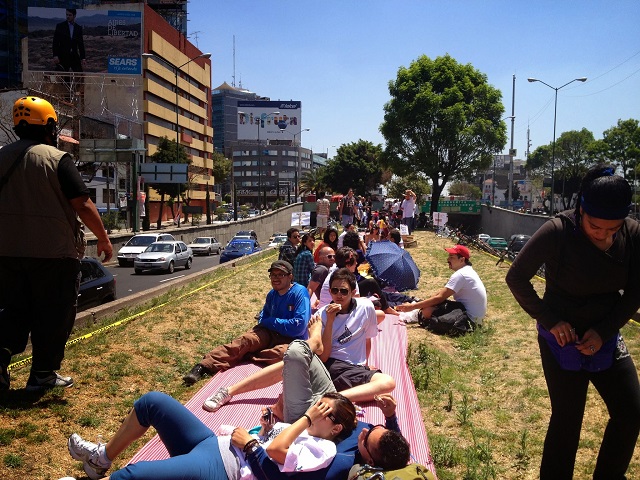Note from Storm: All around the world, cities are discovering the revitalizing power of repurposing, reconnecting, renewing, and reactivating dead spaces for public use. Some of these spaces are historic, others contaminated. Some are poorly-designed or outdated infrastructure (usually auto-centric), others former industrial waterfronts.
From reclaiming a highway median in Mexico City to repurposing parking lots as parks, cities are discovering the almost-magical transformation that can occur when they shift to serving pedestrians and bicyclists rather than drivers. This article provides more examples from around the world of how activating often-small dead spaces can help revitalize an entire downtown or city.
From the article: Revitalization of the Seine River waterfront in Paris, Berges de la Seine, began in 2010 with a series of public consultations and a goal of returning the river to residents. A stretch of land about 2.5 kilometers long between the Pont Royal and the Pont de l’Alma was closed to cars and re-oriented toward people.
The project has radically changed the waterfront by implementing sports facilities, art installations, space of musical performances, restaurants, and open space for leisure. Furthermore, the Jardin Flottant floating garden of 1,800 square meters connects five islands to each other. Each of these man-made islands has a different identity and varying vegetation, representing the Seine’s natural species.

